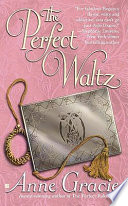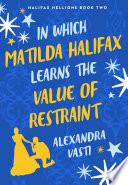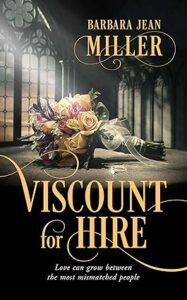Moniker/Name M. L. Kappa
Source of Question Reg Rom Book
Your Question Would a widow attend her daughter’s wedding, even though still in mourning? I was wondering whether she might attend the ceremony and skip the breakfast… And would she wear black and a veil?
Additional comments Many thanks for answering all those questions. I’m a big fan of the blog
Thanks for the question, M.L., and for being a Regency Reader!
You didn’t say how long the widow had been in mourning, which makes a difference for both the widow and her daughter. You also didn’t mention the class of the ladies. The year also matters, too, as the Victorian etiquette became much more rigid.
To answer your question, I am going to assume a few things. First, that the events take place before the end of the long Regency (roughly 1837) and that the women are upper class.
Geri Walton did a great deep dive on the Georgian etiquette of mourning, which would have heavily influenced the Regency era; whereas in the Victorian era a widow could not go into public for a year and was devoted to the colour black and a veil, in the Georgian era a period of two or three months was generally acceptable for the widow to go about in Society for important events, but she was expected to be subdued. By the fourth month, Geri writes, a widow could remarry without raising an eyebrow.
While the relationship to the deceased always had an impact on the length and severity of the observances made, it would have been unusual for a daughter to go through the rites and rituals of marriage while in mourning. The expectation would have been for at least a month of mourning, and then the banns take a month to be read if the settlements could be managed by then. So we have to assume in the case you discuss, that both the widow and the daughter were at least a few months from the death of the husband and father.
The clothes of mourning really depended on the relative wealth of the family. Many could not afford specially made mourning clothes, so there was a tendency to dye and refurbish gowns to blacks. The expectation of black also depended on many factors, including the closeness or perceived closeness of the couple. Many widows would cast off their widow weeds within the first six months, and then be in half mourning with white, grey, and lavender frocks. So if they truly were a few months out, then certainly the widow would be wearing black with a veil. The daughter might even choose to mark the occasion with black jewelry, gown, or other nod. The mother likely would choose to excuse herself from the happier occasion of breakfast.
But if it were about three or four months, the widow would still wear black but attend breakfast. After six months, she might have ditched the veil and the blacks in favour of something less severe like a solid grey or lavender.
If this is a book you are writing and not reading, I have a caution. If you present the mother and daughter are a few months out from the death, you are going to get readers who make historical accuracy claims. That is because many historical romance authors, including Regency romance authors, default to the Victorian standards of mourning. If the length of time or being in mourning is significant to the plot, then make sure that is clear to the reader and maybe include an author’s note mentioning the research on Georgian versus Victorian practices.
Thanks for the question, I hope the answer was helpful!
Ask us more questions about the Regency in our Regency ? page. We are also trialing a new service, Research Requests, for writers or others wanting a more in-depth answer with sources, or looking for a Beta read with an eye to historical details.
Appreciate our research? Please share with other readers, leave your comments, buy a book through one of our links on reviews, or buy us a cup of tea!
Sources:
Regency Mourning | Jane Austen’s World (janeaustensworld.com)
Mourning in the Georgian Era – geriwalton.com
Historical Hussies: Regency Mourning Practices
O’Donnell, C. (2024). From the child-woman to the woman-child: Mourning etiquette for girls and women in 19th century Britain (Doctoral dissertation, Institute of Art, Design+ Technology).











What source do you have for citing lavender as a mourning color? I can’t find one. If the mother and daughter are of the upper classes, the daughter could marry by common or special licence. No one was supposed to wear mourning at a wedding. Any one could wear white. Unless the wedding had been planned months before the father died, the daughter should wait at least thirty days after the funeral. However, quite often the wedding date had been planned for sometime and other events depended on it. The wedding breakfast or other celebrations would be curtailed or omitted but a wedding itself was considered more a church service than a party. The party part can after the signing of the register and could be omitted or modified.
I agree with you that many mistake the elaborate Victorian mourning that was imposed after Prince Albert died as existing in the Regency period. There really were no rules about mourning except what society expected and the expectation that a widow wouldn’t marry for a year to be sure that any infant born to her in that time period could be certain of its father. Among some , a widow ort widower could marry within a week of the burial.
Hi Nancy! My sources are listed in the post. Three of them mention lavender as a half-mourning colour.
Thanks, all this is most interesting.